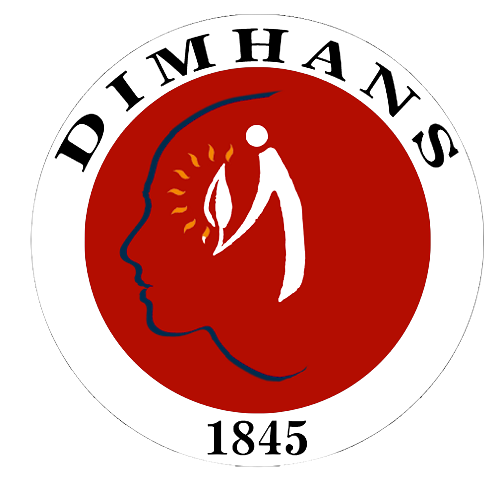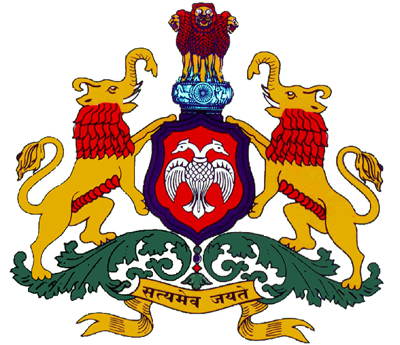The eOffice product aims to support governance by ushering in more effective and transparent inter and intra-government processes. The vision of e-Office is to achieve a simplified, responsive, effective and transparent working of all government offices. The Open Architecture on which eOffice has been built, makes it a reusable framework and a standard reusable product amenable to replication across the governments, at the central, state and district levels. The product brings together the independent functions and systems under a single framework.e-Office, also known as electronic office, refers to the digitization and automation of office-related tasks and processes. It is a comprehensive software solution that enables paperless administration, streamlines workflows, and facilitates efficient communication within an organization.
The content within an e-Office system typically includes various components and functionalities:
Document Management: e-Office systems offer features for creating, storing, and managing digital documents. It allows users to create, edit, and share documents electronically, eliminating the need for physical paper files. These systems often provide version control, document collaboration, and advanced search capabilities to enhance productivity.
File Tracking: With e-Office, organizations can track the movement of files within the system. It provides a transparent view of file status, including information on who has accessed or modified the file and when. This helps in maintaining accountability and reducing delays in file processing.
Workflow Automation: e-Office systems enable the automation of various workflows and processes within an organization. Workflows can be designed to route documents and tasks to the appropriate individuals or departments for review, approval, or action. This automation reduces manual intervention, enhances efficiency, and ensures adherence to predefined processes.
Communication and Collaboration: e-Office platforms facilitate seamless communication and collaboration among employees. They typically offer features such as internal messaging, discussion forums, shared calendars, and task management tools. These features enable real-time collaboration, enhance coordination, and improve overall productivity.
Record Management: e-Office systems often include features for managing records and ensuring compliance with legal and regulatory requirements. They provide mechanisms for classifying, storing, and retrieving records in a secure and organized manner. These systems may also incorporate features like retention schedules, archival capabilities, and audit trails.
Security and Access Control: Given the sensitive nature of office content, e-Office platforms prioritize data security. They employ various security measures such as user authentication, encryption, role-based access control, and audit logs to protect information from unauthorized access or tampering.
Reporting and Analytics: e-Office systems may offer reporting and analytics capabilities to generate insights and monitor performance. These features enable organizations to track metrics related to document processing times, task completion rates, and other key performance indicators. The data can be leveraged to identify bottlenecks, optimize processes, and make informed decisions.
It's important to note that the specific features and functionalities of e-Office systems may vary depending on the software provider and the requirements of the organization implementing the system.

















